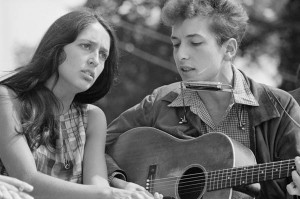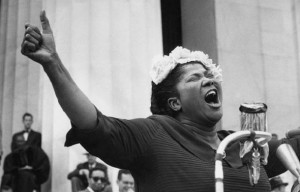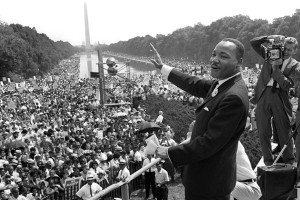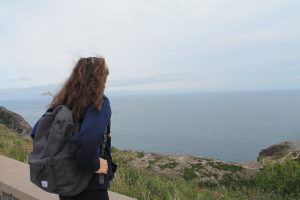Hi again, I’m back with my last blog post about the Civil Rights Movement, or I guess the last of three posts that our teachers made us write. As a class, we are heading down to “the Deep South” to study the movement in more depth, so I might be doing some posting from there. Anyways, for this post, I decided to base my reflection on the March on Washington for Jobs & Freedom, and how publicity was an important factor for the event.
1963 was noted for racial unrest and civil rights demonstrations. Media footage and coverage from Birmingham, Alabama ignited nationwide outrage and disbelief, where Bull Conner was setting attack dogs and fire hoses on civil rights protestors, young and old. Many protests and demonstrations took place across the country, which all lead up to the March on Washington. The March on Washington was a political rally, organized by A. Phillip Randolph and Bayard Rustin, that took place in August of 1963 and was planned in demand for civil and economic rights for African Americans. There was an estimated 200,000 to 300,000 people in Washington D.C. that day, who travelled from all around America to witness powerful speakers, celebrities, and artists, come together and speak out for the movement.
There was a large lineup of influential artists of the time, such as Joan Baez, blues singer Odetta, folk trio Peter, Paul, and Mary, Bob Dylan, and gospel singer Mahalia Jackson, who sang and performed in front of the riled up crowds of people. Many other influential celebrities made appearances at the march, like Jackie Robinson, the first black baseball player in the MLB. After seeing all these different names, I thought about how these famous faces helped the social cause for justice, and if their presence helped or distracted.
Most of the artists who performed in the march were publicly affiliated with the movement, and therefore brought a sense of support and acknowledgement to the crowds of people. I think it was a relief for civil rights activists to know and see with their own eyes, that powerful and influential people, many of whom were not African-American, were working with them, wanting to make a change in America. I believe that these faces of fame were an essential piece of the march, as they reminded people that they were for a change for equality in America. People like Dr. Martin Luther King Jr. were also an asset to the march, as these leaders were the figureheads of the whole movement, spending every waking moment fighting for a cause they knew America needed.
For this post, I ended up drawing a picture that is from a speaker, or performer’s point of view in the march. I drew it as I was thinking about all the celebrities who attended the event, and what they might have felt during their time at the microphone. Whether they were making a powerful speech, performing a spiritual song, or leading a movement powerful enough to change the course of a country.
Music of the March On Washington





